Last year Sig Sauer unveiled their Ballistic Data Xchange (BDX) system that uses Bluetooth to connect a rangefinder, ballistic app, and riflescope into a unitized system. The idea is that when you hit your target with the laser the ballistic program calculates a hold that shows up in the reticle of the scope. If you don’t have a Sig BDX scope like me, you can still take advantage of this incredible tool to use it with any of your hunting and long-range optics.
Sig KILO1400BDX

This KILO is my personal rangefinder that I’ve been using in lieu of my 12 year old Leica 1200CRF since this past summer. So far it has been every bit as capable as my old Leica and then some. Long gone are the days when a good rangefinder was the size of a hardback book, the KILO is compact and lightweight, making all-day carry easy. The exterior controls are simple with just a Range and Mode button along with a fast focus ocular to make the display crisp and clear.
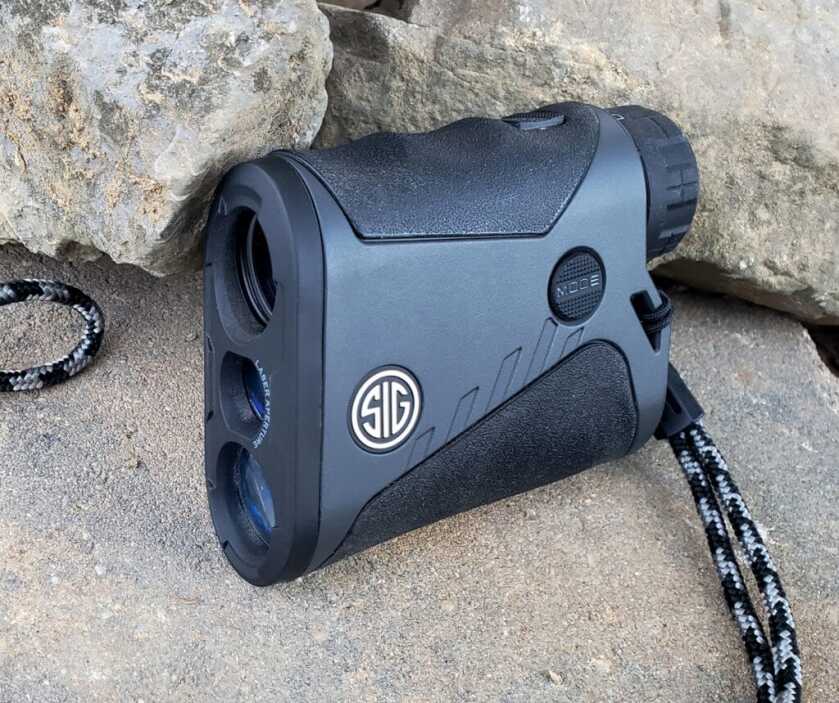

In the box, the rangefinder comes with a quick start guide but even still I found it pretty intuitive to use the Mode button to cycle through the different options to get the KILO set up. For normal rangefinder use I selected the range in yards giving me the Line Of Sight (LOS) distance and the Best, most probable return from a target. There is the Angle Modified Range (AMR) mode, which provides a distance that is corrected for the angle to the target. The book states this is pretty accurate up to 400 yards and based on what I’ve seen, yeah I’ll say that’s about right. In my area, I don’t have to deal with steep angles so LOS mode will be sufficient. If I do need to input the angle of the dangle for a shot the LOS mode will still display a degree of incline to the target that I can use.
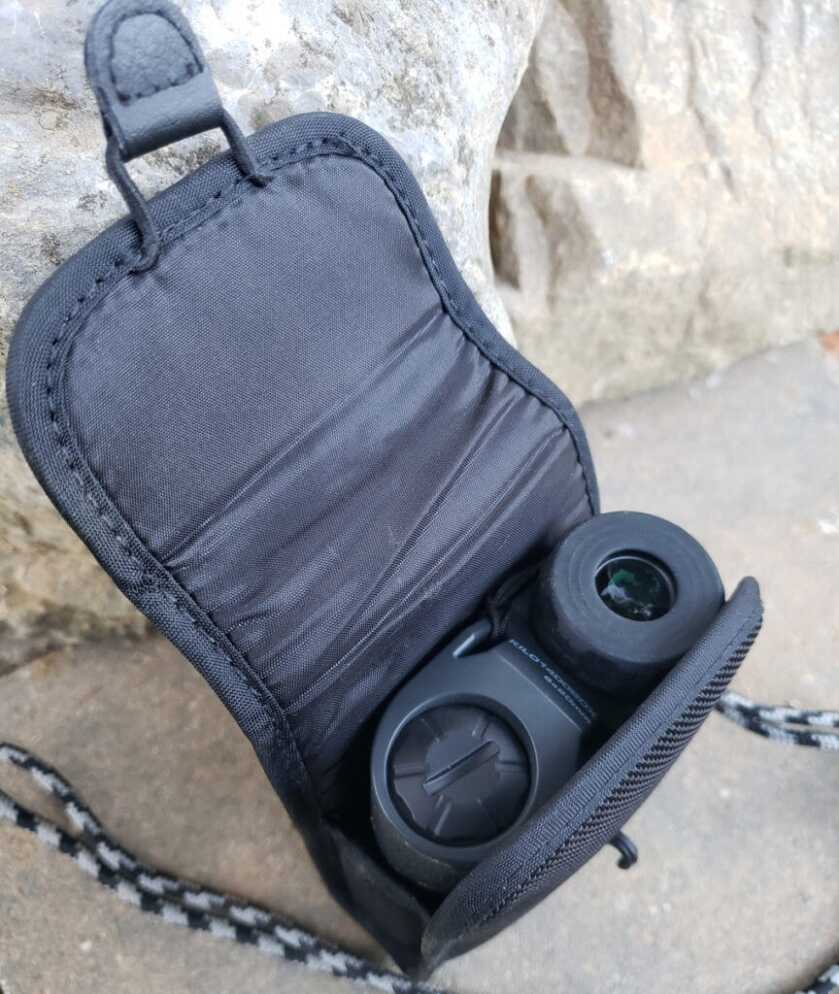
Even if the KILO didn’t have the ballistics function I think it’d be worth every penny. The specs from Sig state that it will hit reflective objects up to 1,600 yards, trees up to 950 yards, and deer up to 750 yards. In my experience so far, some of these numbers are a little conservative and some are spot on. The 6X magnification and optical performance have been good enough to see and accurately position the reticle over targets to get a positive return.
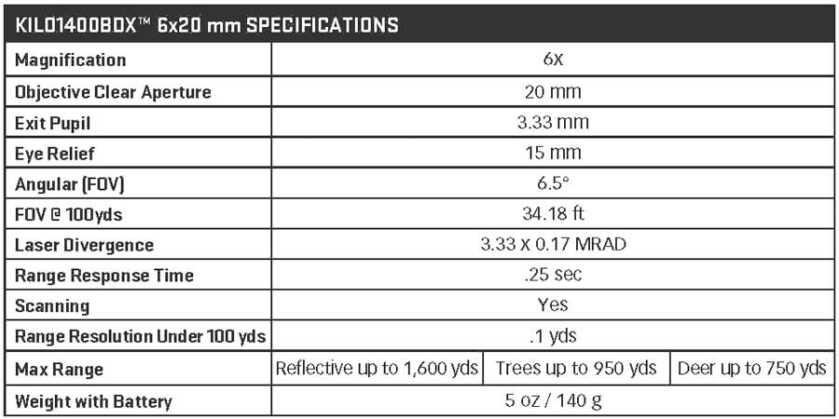
Barns, rock outcroppings, and trees didn’t seem to give me too many hassles and even though I didn’t find any deer I was able to range llamas at 589 yards and cows at 812 yards. One day, I took my Leica 1200CRF out to compare the two side by side in the same conditions on the same targets. Not only did the KILO effectively provide the same ranges, the speed with which I got readings was incredible, almost as soon as I pressed the button the range showed up in the display.
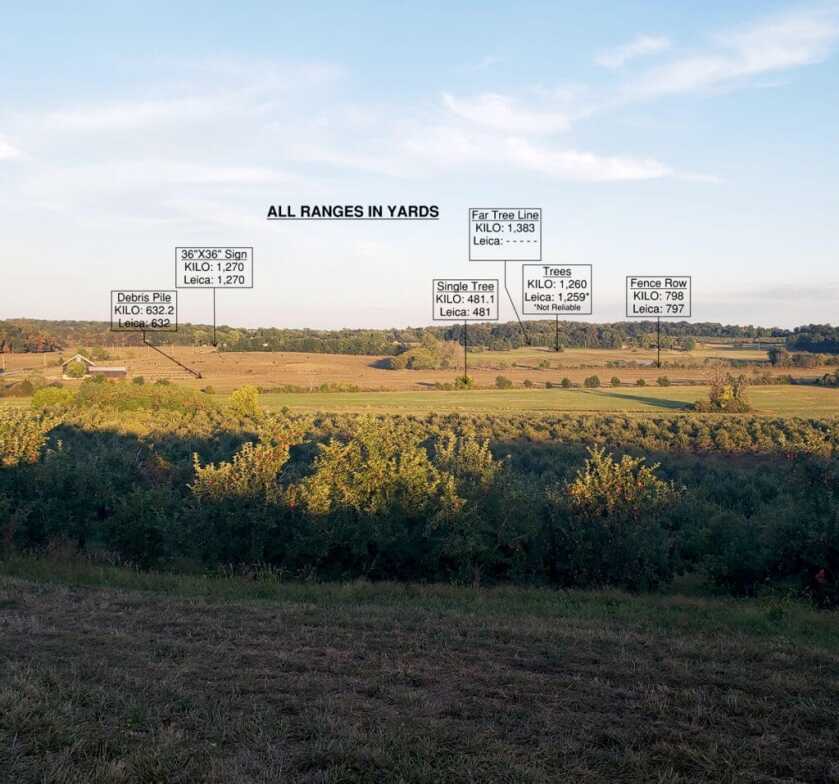
Awesome Mode
The key feature that’s going to set this rangefinder apart from similar products is the Applied Ballistics Ultralite (ABU) mode. This mode works with the Sig BDX app to provide bullet drop and wind correction data based on a specific bullet profile at the click of a button. Once I had downloaded the app I found it pretty easy to navigate in order to pair it with my rangefinder and start setting up my profiles. The program allows for 25 bullet profiles with the option to use either a G1 or G7 ballistic coefficient.

The only information that I really had to input into the program was the muzzle velocity taken from my Magnetospeed and my zero range. Both the app and rangefinder will automatically connect when they’re turned on and the chosen bullet profile is “uploaded” to the rangefinder. From here you can make some adjustments in the app itself such as the desired click value, wind speed, and wind direction.
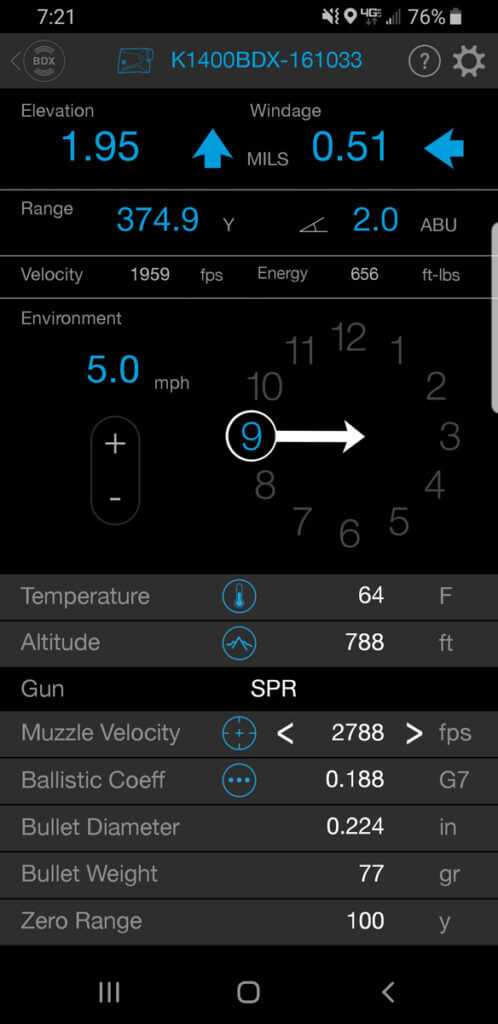
Now, when I first started using this combo I thought I’d have to have my phone with me the whole time in order to use the ABU function but luckily that’s not the case. After I use the phone to upload the bullet profile or update the environmental data I can put the phone away and go about using the KILO normally. The program updates the environmentals using the cell signal to pull in weather updates from the closest weather station.

I wanted to see how good the data was from the KILO so I grabbed my Kestrel 5700 Elite to compare it to known good dope I had for my SPR and 6.5 Creedmoor. This just being a dry run I was basically just ranging tree lines, barns, and other objects to run the numbers. Generally, the KILO was giving pretty good dope for both cartridges, I was seeing a 0.2 mil difference at most out to the 800 yard limit of the software.
| Range | Kestrel | Nominal | KILO | Nominal |
| 481 y | 2.86 | 2.9 mils | 3.03 | 3.0 mils |
| 364 y | 1.62 | 1.6 mils | 1.82 | 1.8 mils |
| 368 y | 1.65 | 1.7 mils | 1.86 | 1.9 mils |
| 575 y | 4.08 | 4.1 mils | 4.18 | 4.2 mils |
| 632 y | 4.89 | 4.9 mils | 4.95 | 5.0 mils |
Comparison data for the above chart came from known data for Black Hills 77 gr OTM. Depending on the size of the target the 0.2 mil discrepancy could still be a hit on target. There aren’t a lot of other inputs I can make to the program but I may be able to further tweak muzzle velocity and BC to maybe bring the difference down to 0.1 mils or better.
Closing Thoughts
As it stands I’m definitely going to be using this tool more and more and while it won’t replace my Kestrel 5700 Elite by any means, it will be a nice supplement. It seems well suited to short to mid-range hunting and competition situations where you may only have time to see the target, range it, and get on the gun. Although the KILO1400BDX has an MSRP of $299, I have seen them for sale online for around $190, which is an exceptional deal for the capabilities that this rangefinder can provide.
For more information on the Sig Sauer KILO1400BDX please visit: Sig Sauer

Thank you for the article. I presently have a Kilo 1400 & have considered getting a Sierra BDX scope, with out realizing the power of this ranging unit by its self. TKX again.
Loos that damed CR2 battery !!! Use AA, AAA, or even CR123, but those CR2 batteries are not getting it. I’m not going to carry or stock CR2 batteries for the only SINGLE item that uses that battery. WAKE UP.